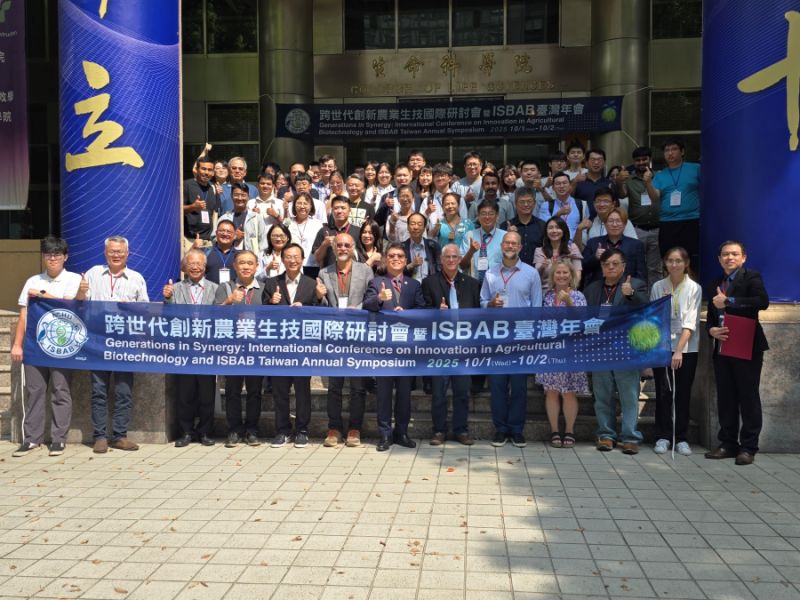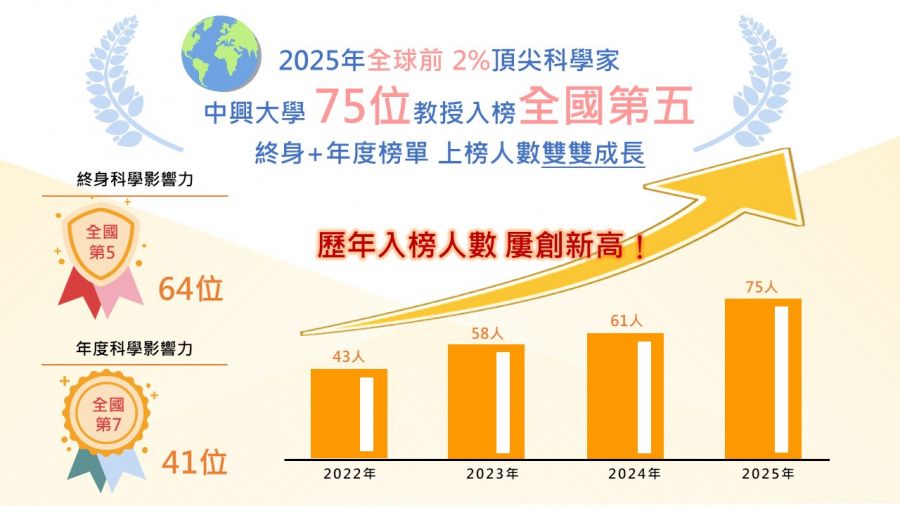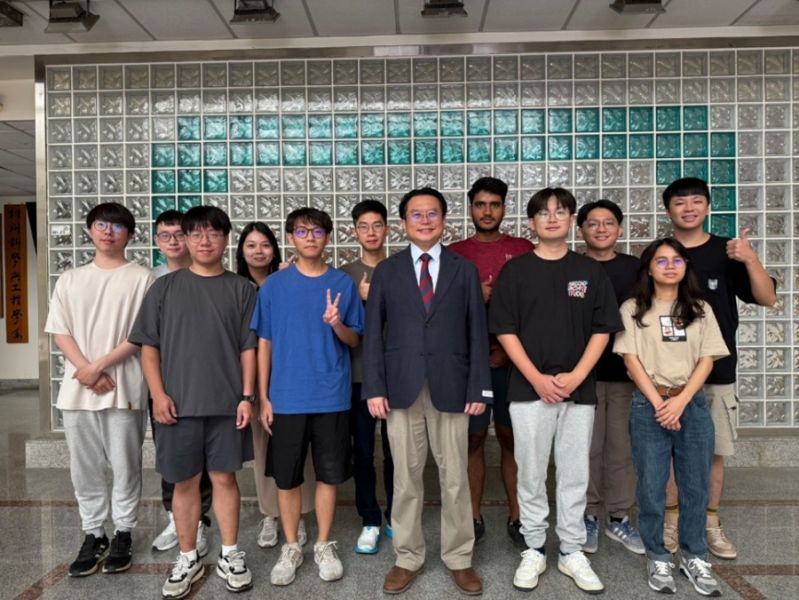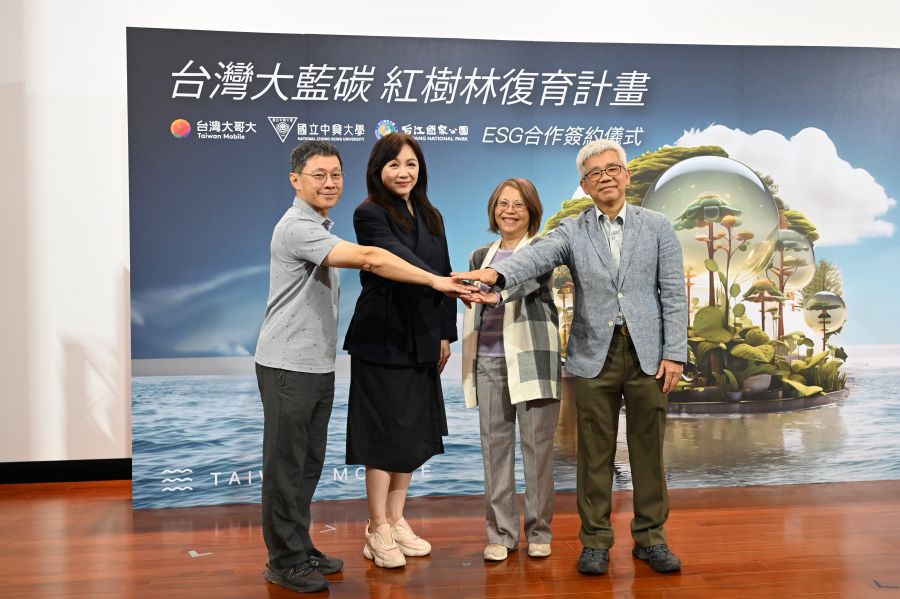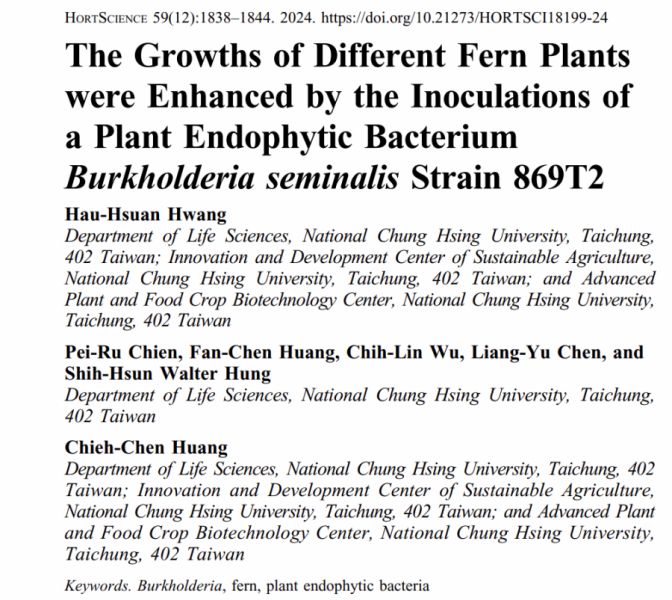循環農業:農業廢棄物再資源化【生命科學系/黃介辰特聘教授】
| 論文篇名 | Biodegradation of dioxins by Burkholderia cenocepacia strain 869T2: Role of 2-haloacid dehalogenase |
| 期刊名稱 | JOURNAL OF HAZARDOUS MATERIALS |
| 發表年份,卷數,起迄頁數 | 2021,401 (5), 123347 |
| 作者 | ThiNguyen, Bao-Anh; Hsieh, Ju-Liang; Lo, Shou-Chen;Wang, Sui-Yuan; Hung, Chun-Hsiung; Huang, Eugene; Hung, Shih-Hsun; Chin, Wei-Chih*; Huang, Chieh-Chen(黃介辰)* |
| DOI | 10.1016/j.jhazmat.2020.123347 |
| 英文摘要 | Dioxin compounds are persistent carcinogenic byproducts of anthropogenic activities such as waste combustion and other industrial activities. The ubiquitous distribution of dioxins is global concerns these days. Among of recent techniques, bioremediation, an eco-friendly and cost-effective technology, uses bacteria or fungi to detoxify in dioxins; however, not many bacteria can degrade the most toxic dioxin congener 2,3,7,8-tetrachlorinated dibenzo-p-dioxin (TCDD). In this study, the endophytic bacterium Burkholderia cenocapacia 869T2 was capable of TCDD degradation by nearly 95 % after one-week of an aerobic incubation. Through transcriptomic analysis of the strain 869T2 at 6 -h and 12 -h TCDD exposure, a number of catabolic genes involved in dioxin metabolism were detected with high gene expressions in the presence of TCDD. The transcriptome data also indicated that B. cenocepacia strain 869T2 metabolized the dioxin compounds from an early phase (at 6 h) of the incubation, and the initial outline for a general dioxin degradation pathway were proposed. One of the catabolic genes, l-2-haloacid dehalogenase (2-HAD) was cloned to investigate its contribution in dioxin dehalogenation. By detecting the increasing concentration of chloride ions released from TCDD, our results indicated that the dehalogenase played a crucial role in dehalogenation of dioxin in the aerobic condition. |


